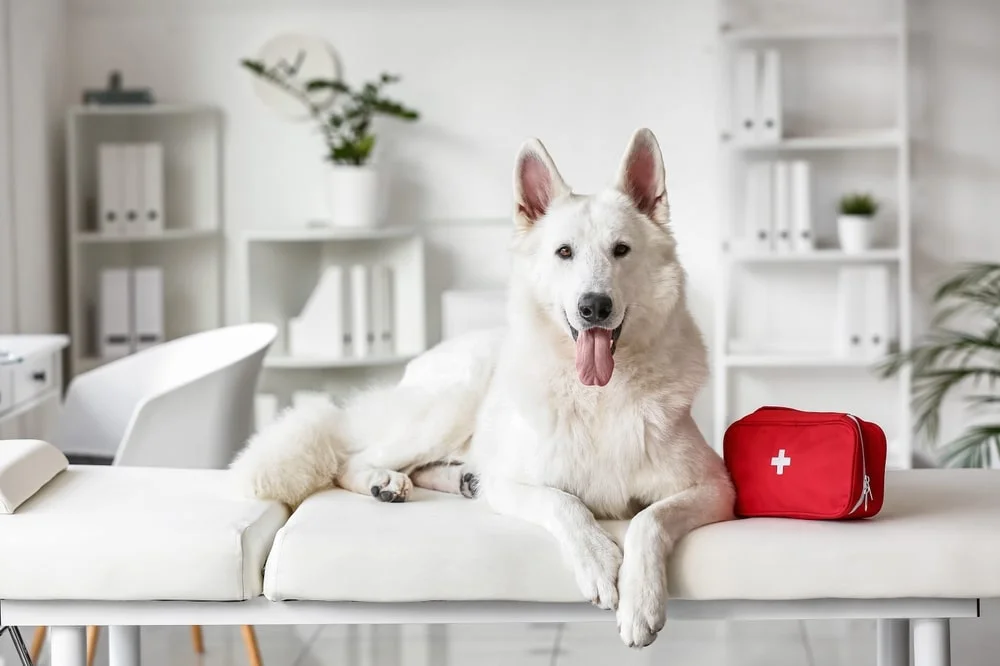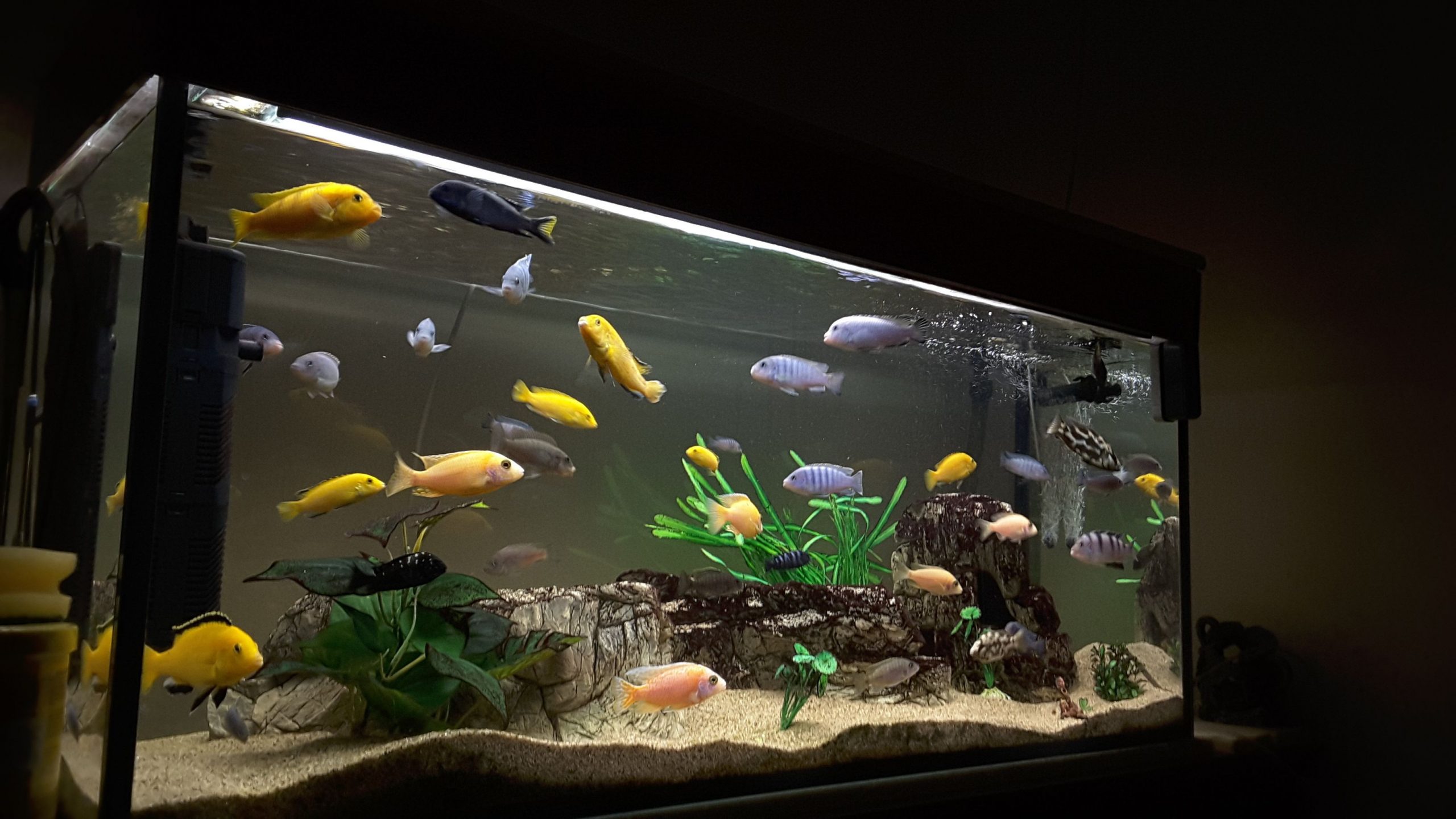How to Ensure Your Pet’s Safety: Essential Preventative Measures
Welcoming a pet into your home is a joyful experience, but it also comes with great responsibility. Just like childproofing for infants, pet-proofing your home is essential to ensure the safety and well-being of your furry friend. By implementing preventive measures, you can create a secure environment where your pet can thrive. Here are some key strategies for pet prevention:

Content
1. Supervision is Key:
One of the most effective ways to prevent accidents and mishaps is through vigilant supervision. Keep a close eye on your pet, especially during their exploratory phase or when they’re in unfamiliar surroundings. By being present and attentive, you can intervene quickly if your pet gets into trouble.
2. Proper Training:
Training is not just about teaching your pet commands; it’s also about instilling good behaviors and boundaries. Invest time and effort in training your pet to follow basic commands such as sit, stay, and come. Additionally, establish rules and routines to help your pet understand what is expected of them in different situations.
3. Secure Your Space:
Assess your home from a pet’s perspective and identify potential hazards. Secure cabinets and drawers that contain toxic substances, sharp objects, or small items that could be swallowed. Install baby gates or pet barriers to restrict access to certain areas of the house, such as staircases or rooms with delicate items.
4. Provide Safe Toys and Chewables:
Pets, especially puppies and kittens, have a natural instinct to chew and explore with their mouths. Offer a variety of safe toys and chewables to satisfy this instinct and prevent them from chewing on inappropriate objects. Avoid toys with small parts that could be swallowed or pose a choking hazard. In case of accidental ingestion of small objects, knowing first aid for pets can be crucial for providing immediate care.
5. Maintain a Healthy Environment:
Keep your home clean and clutter-free to minimize the risk of accidents. Regularly dispose of trash and food scraps to deter scavenging behavior in pets. Maintain a clean and hygienic living environment to prevent the spread of bacteria and parasites that could harm your pet’s health.
6. Regular Veterinary Care:
Routine veterinary check-ups are crucial for maintaining your pet’s health and detecting any potential issues early on. Schedule regular visits to your local vet services for vaccinations, preventive treatments, and wellness exams. Follow your vet’s recommendations for parasite prevention, dental care, and nutrition to keep your pet in optimal health. If your pet displays any unusual symptoms, consult with your vet for proper pet diagnostics.
7. ID and Microchip Your Pet:
In case your pet ever gets lost or separated from you, proper identification is essential for their safe return. Ensure your pet wears a collar with an ID tag containing your contact information. Consider microchipping your pet for added security, as microchips provide a permanent form of identification that cannot be lost or removed.
8. Pet-Proof Your Yard:
If you have a backyard or outdoor space where your pet spends time, take precautions to make it safe and secure. Check for potential escape routes or hazards such as toxic plants, sharp objects, or gaps in fences. Create a designated area for your pet to play and explore safely.
9. Emergency Preparedness:
Prepare for emergencies by creating a pet first-aid kit and familiarizing yourself with basic pet CPR and first-aid techniques. Have a plan in place for evacuating your pet in case of a natural disaster or emergency situation. Keep important documents, such as vaccination records and contact information for local vet services and pet diagnostics, easily accessible.
10. Educate Yourself:
Stay informed about common pet hazards, health issues, and best practices for pet care. Take advantage of resources provided by reputable pet organizations, online forums, and your local vet services. The more knowledgeable you are, the better equipped you’ll be to protect and care for your furry companion.
Conclusion
In conclusion, pet prevention is about being proactive and attentive to your pet’s needs and safety. By implementing these preventive measures and staying informed, you can create a secure and nurturing environment where your pet can thrive and enjoy a long, happy life by your side. And remember, knowing first aid for pets and utilizing pet diagnostics can be invaluable in times of emergency or health concerns.

Emily’s passion for small critters knows no bounds. She’s your guide to the wonderful world of hamsters, guinea pigs, and all things pocket-sized.








